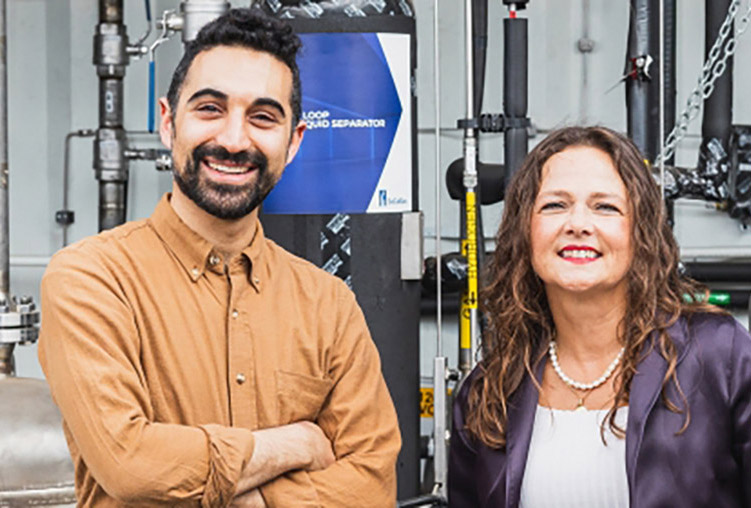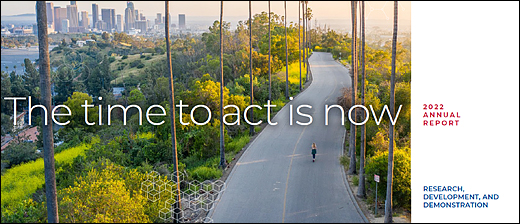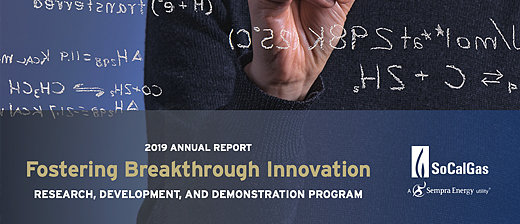
Our Research Development and Demonstration (RD&D) Program is working to reduce the environmental impact for all of us.
Innovation and the rapid development of new technologies are vital to our success. Our Research, Development, & Demonstration (RD&D) Program plays a key role in this effort by developing and demonstrating transformational products and technologies that promote decarbonization across the natural gas value chain and a diversified portfolio of clean energy sources, distributed networks, tools, and applications.
2024 RD&D Annual Report

Public Workshop Notice
SoCalGas is hosted a public workshop to present the 2024 Research, Development & Demonstration (RD&D) program results and reviewed the 2025 RD&D proposed activities. It is also an opportunity to obtain input from stakeholders, including:
• The California Energy Commission
• GTI Energy
• U.S. Department of Energy
• Other organizations engaged in gas research and development regarding planned RD&D spending for the 2025 calendar year.
Our Recent Webinar
BioVind’s Rapid Field Detection of Microbial Corrosion
SoCalGas and BioVind recently hosted a webinar on the future of microbiologically influenced corrosion (MIC) detection and management. The research team compared commonly used microbial testing approaches, including culture-based techniques, ATP testing, and Next Generation Sequencing. They also introduced a novel DNA-based platform designed for on-site microbial identification within 60 minutes. This emerging approach has the potential to enable faster, more reliable insights into microbial activity, opening pathways for improved corrosion rate prediction, treatment evaluation, and targeted mitigation strategies. Learn how advanced molecular microbial detection methods may support more effective and resilient corrosion management in the future.
Speakers
BioVind Inc.
Dr. Jurriaan van Haaren
Chief Science Officer
Marc Tiegel
Chief Financial Officer
SoCalGas
Tyler Nguyen
Gas Engineering Project Manager
Meet the Team

Energy Explained
Welcome to the Energy Explained series by SoCalGas RD&D. In this video series, we break down the essential (and sometimes confusing) vocabulary shaping California’s decarbonized energy future.
From the challenges, like greenhouse gases and air pollutants, to the innovations driving change, each video can help you better understand the science, impact, and solutions behind today’s most important energy topics.

Carbon Intensity Explained

Understanding Greenhouse Gases (GHGs)

Hydrogen

The Impact of NOx Emissions
Annual Reports










